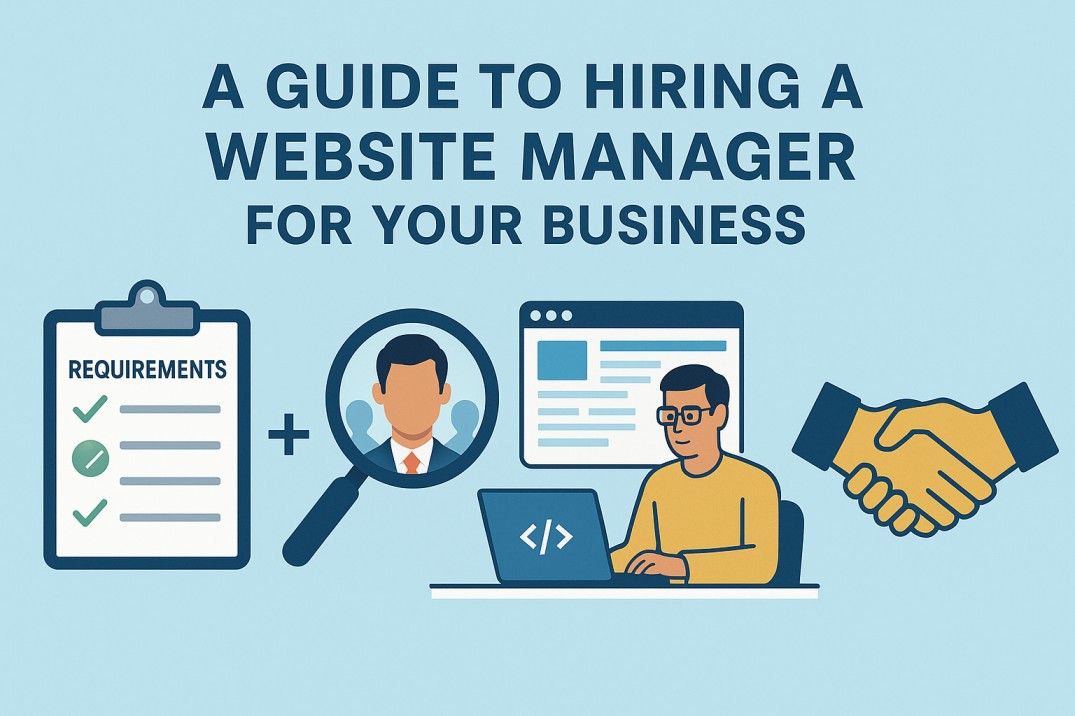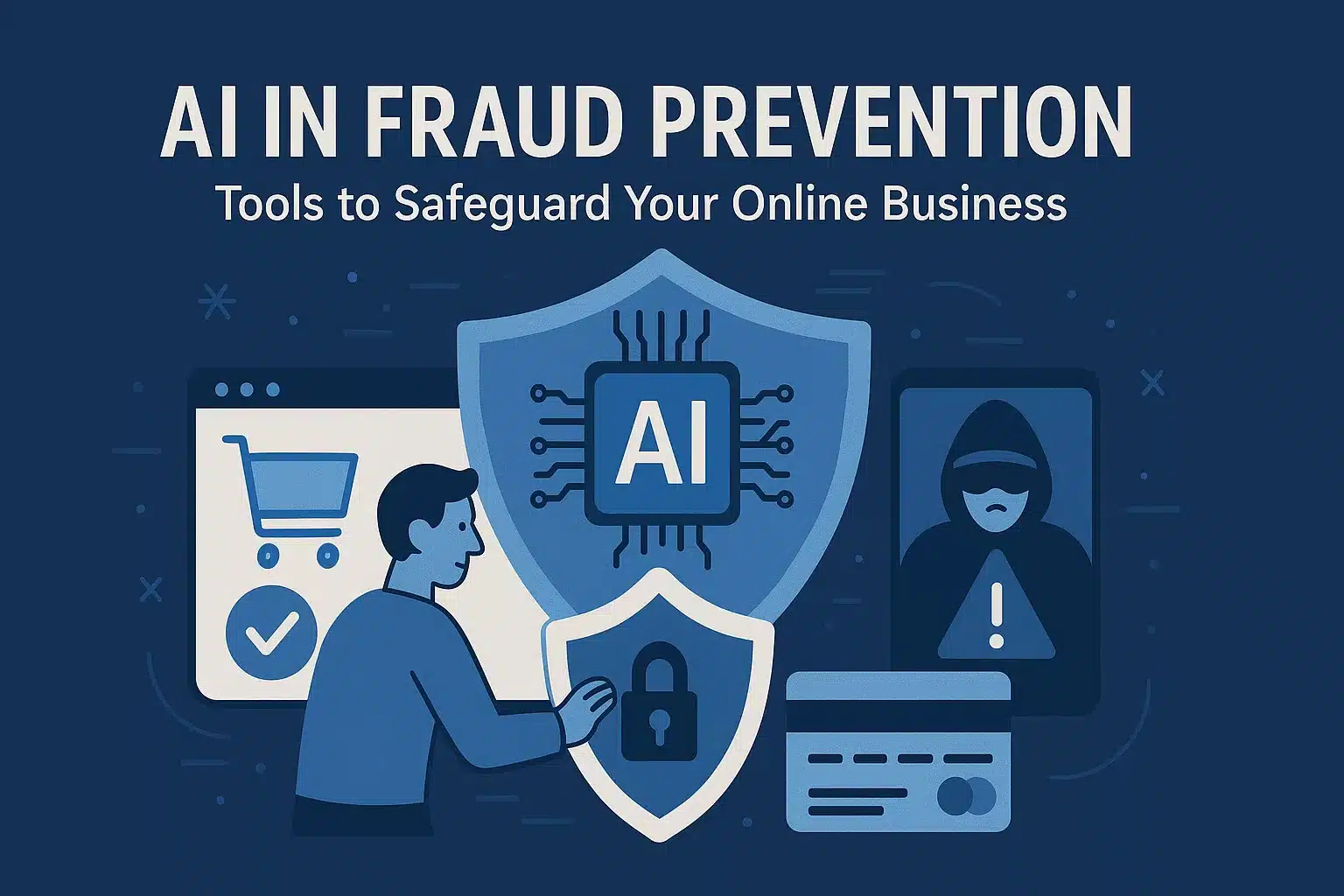What Are The Effective Ways To Train Employees For Better Results?
Richard Branson, founder of The Virgin Group, said: ”If you take care of your employees, they will take care of the clients.”
Employees are a company’s most important customers. In today’s continuously changing business world, it’s human assets, not the tangible or fixed assets, that differentiate an organization from its competitors.
This is why it’s important to have an effective strategy on how to train employees in the workplace. When your staff has all the training skills and knowledge they need, they can perform their jobs with greater competency and serve your customers more effectively. In short – well-trained employees will lead to satisfied customers and a successful and productive business!
Although the modern workforce is becoming more flexible and demanding, most professionals tend to see their jobs as a core component of their identity. According to Gallup, millennials are quicker than baby boomers to drop workplaces where they don’t see growth opportunities. What is shared between all generations of employees is that they expect to receive training and develop professionally, otherwise motivation and morale drop.
That’s why it’s essential to create an effective strategy on how to train employees. But what are the most effective ways to train your employees?
Save Thousands Of Dollars With Coggno Prime Subscription
Tips on how to train employees effectively by making your training program more exciting and engaging
These tips can also serve as a guide for managers on how to train employees:
-
Make it easy and mobile
Don’t let your employees struggle to get trained – let the learning come to them! Offer micro-learning sessions – (quick, accessible training for learners right when they need it) to make training easier for your staff.
Incorporating your employees’ mobile devices into their training is one of the best employee training ideas. If they can use their mobiles, it saves time and helps them to be more effective and efficient.
-
Personalize your training
Make sure what your employees already know before developing your training program. One of the biggest reasons employees lose interest in a training program is because they’re being asked to study something they’re already familiar with. A training needs analysis is a great tool that can provide the necessary guidance to design a meaningful training program.
-
Make training part of your company culture
Build employee training into your corporate culture by making time for it during the employee’s workday. Implementing regular training in your organization will also establish a growth mindset among all levels of your staff.
-
Make training practical and job-relevant
Ensuring every training course is relevant and practical is the best way to motivate employees to participate in training. Ask your staff what they’re struggling with and then provide the training they need to improve their performance.
-
Tie training to promotions and growth opportunities
Develop training that provides your staff with opportunities to increase their skill sets and earning potential. If employees can see a clear trajectory upwards within a company, they’re likely to stay longer.
-
Make training less boring and more engaging
When given the opportunity to engage with learning information actively, students perform better. Make your training more engaging by including interactive activities like role-playing, group assignments, and gamification.
Now that we know how to train employees effectively, we’re going to discuss something all managers inevitably have to deal with: how to train difficult employees.
How to train difficult employees?
Dealing with difficult employees is one of the hardest things managers have to do. These are employees who may behave inappropriately, are not productive, and create unnecessary problems that disrupt the training and work environment. Managers should take action quickly and curb negative behavior before it continues and grows worse.
Here are a few tips on how to train difficult employees:
- Communicate explicitly and clearly.
- Address the behavior – not the person.
- Listen to feedback and give clear direction.
- Document everything and work together towards a solution.
The following point we’re going to look at is how to train new employees.
A common mistake even the most successful businesses tend to make is not training their new hires formally. Training your new employees helps them settle into the company’s rhythm and focus on the most important thing – their job!
How to train new employees effectively?
Below are the few tips on training new employees effectively.
-
Start onboarding before day one.
Make your new hires feel more relaxed and welcome by sending them an email before they start informing them of first-day practicalities like start time, parking arrangements, and dress code. Include information like a quick overview of what you’ll cover the first day and what equipment will be ready for them, such as laptops and headphones.
-
Establish your new employee procedure beforehand.
Determine the tasks and procedures new employees need to know and identify the best person to conduct the training. Also, make sure you provide adequate tools and time for the training – new employees will find it challenging to fit training into an already-packed program.
-
Ensure that all managers use a new hire training checklist.
A new employee checklist will help managers to know where each employee is in the onboarding process. Your checklist can include points like:
-
- Making sure office space is cleared and ready.
-
- Paring the new employee with a mentor.
-
- Creating an individualized training plan.
How much does it cost to train employees?
According to the Association for Talent Development, organizations spend an average of $1 252 on employee training and development. Although this figure is a helpful starting point, it’s just an average. The amount you spend on employee training will vary depending on factors such as:
- The employee’s skill set and learning ability
Some people are faster learners than others, so the costs of upskilling two people to the same level can vary.
- Company size
The larger the company, the lower the cost of training per employee. Employee training is more expensive for smaller companies because training is more disruptive if there are fewer people.
- Type of training
If you use traditional in-person classroom-style training, it will involve labor costs – (the cost of the instructor) – and your staff may have to travel to a venue to receive training.
On the other hand, technology-based training like Learning Management Systems and E-learning is less expensive and more time effective.
Conclusion
Your employees are the face of your organization, and they determine how your clients and partners see your business. Effective and engaging training is an investment that pays dividends and will lead to happier and more engaged staff, which is critical for your company’s success.
Coggno has a wide range of online employee training courses.
You can have a look at our free courses here and our course catalog here.
Maximize Training, Minimize Costs With Coggno Prime




















